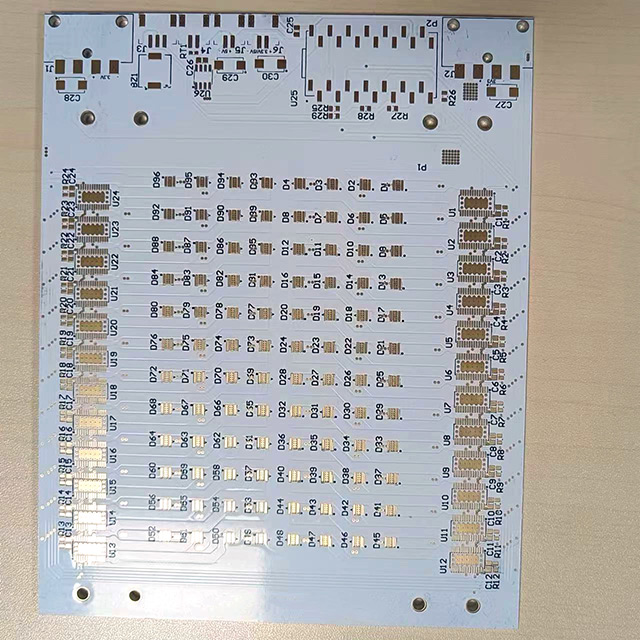S
srands
Hi quick question about what is common practice when wiring KITCHEN RINGs for your typical 4 bedroom house:
i) KITCHEN to include just COOKER, HOB & EXTRACTOR?
ii) OR i) + INCLUDE all other larger appliances (Washer, Dryer, Dishwasher, Fridge and Freezer), as well?
iii) OR i+ii INCLUDE all WORKTOP LEVEL sockets (Microwave, kettle, toaster, sandwich toaster, deep fat fryer, etc), as well?
iv) UNLESS just i), then all other KITCHEN APPLIANCES included with GROUND FLOOR SOCKET RADIAL?
Cheers
Stephan
i) KITCHEN to include just COOKER, HOB & EXTRACTOR?
ii) OR i) + INCLUDE all other larger appliances (Washer, Dryer, Dishwasher, Fridge and Freezer), as well?
iii) OR i+ii INCLUDE all WORKTOP LEVEL sockets (Microwave, kettle, toaster, sandwich toaster, deep fat fryer, etc), as well?
iv) UNLESS just i), then all other KITCHEN APPLIANCES included with GROUND FLOOR SOCKET RADIAL?
Cheers
Stephan
Last edited by a moderator:










